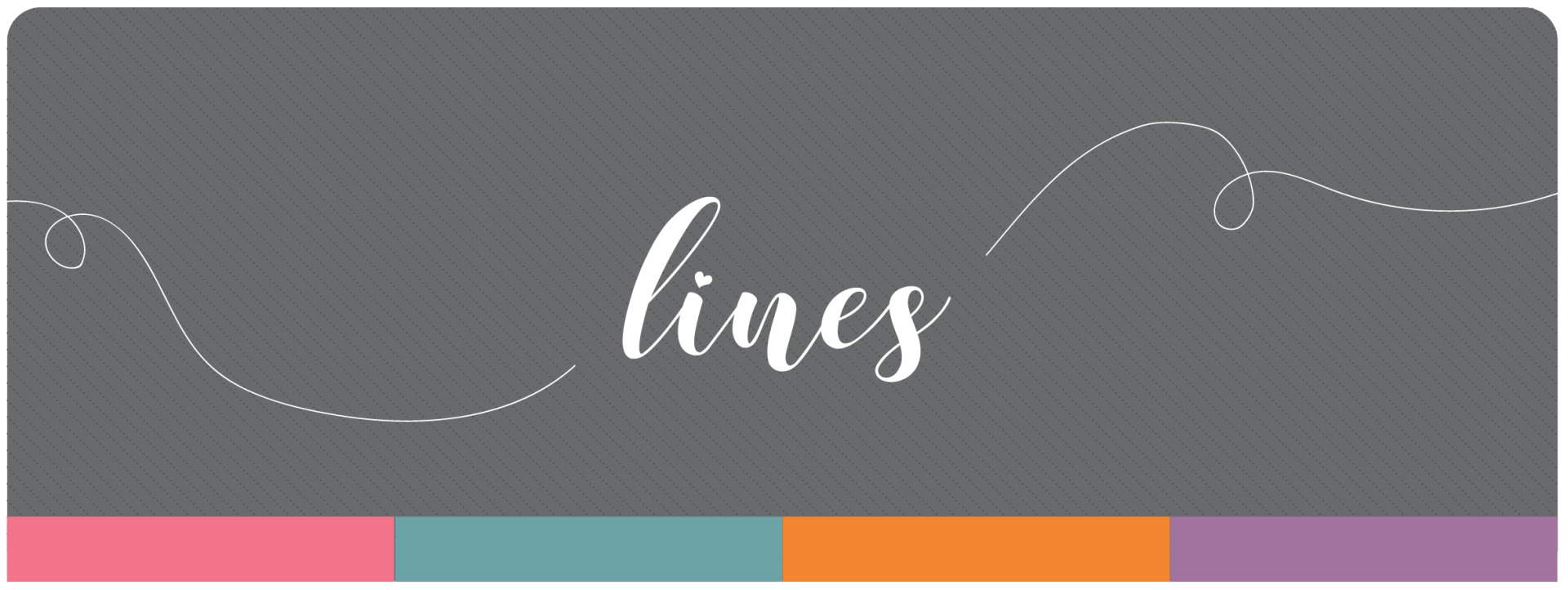B2B Presentation Pitches and Brand Storylines
String your storyline from start to finish
Different storylines for each type of presentation
Let's talk about the different types of decks. Each has a unique purpose, so the play of story is a little different for each. The basic types are:
- Pitch decks (sell to investors/partners)
- Sales decks (sell to prospects)
- Webinar decks (prove thought leadership/highlight offering)
- Event presentations (prove thought leadership/educate)
Pitch decks are probably the most heavily driven by your branded storyline. But this deck should also focus on the current market and the need of prospective buyers, thus driving home why your unique selling proposition is compelling.
THE PITCH STORYLINE:
Current landscape > need > market gaps > your solution > profit opportunities > pricing model, strategy > forecast > steps for engagement
Sales decks, while heavily branded, should not lean first on "you" but rather first on the prospect. Twist the story line to be about them and how you solve "their" problem. I've noticed many companies lead with their company story and history in their sales decks. I think the storyline is better told by first demonstrating that you understand their needs, then following with historical proof and credentials. (For more on sales decks see saleshacker.com. Here's a nice example of a sales deck that is problem-driven: DocSend.)
THE SALES STORYLINE:
Problem/pain > other inadequate solutions > objections, challenges > your solution > advantages, benefits > obstacles overcome > proof of concept, case studies, history > mission, brand > next steps
For webinar and event presentations, tie the theme or topic in with your brand, but keep it high-level so it doesn't come off like a commercial. The goal here is to establish your thought-leadership and to educate your audience on an industry topic related to your offering. The actual product or company pitch is non-existent or implied (maybe an end slide that offers more information or an invitation to engage).
THE THOUGHT LEADERSHIP STORYLINE:
Topic, theme, problem > speaker credentials, expertise > agenda > topic scenario, background > strategies, solution, how to > steps, demonstration, examples > conclusion, summary, resources > more info, brand
Now that you better understand the types of presentation decks and the storylines for each, be sure to weave consistency into your story from start to finish. This can be done with both design and with words. Repetition of words, concepts, imagery and styles can carry the story and make it more memorable.
Building your story around your brand
Good brand positioning addresses both "offering" and "personality." And content strategies are often broken out into various topics or talking points that relate to your product/offering and support your expertise.
For instance, your offering may have three basic benefits over the competition. By talking about these benefits in an abstract way (through blogs, presentations, white papers, etc.), you are touting your thought leadership and supporting your overall brand story. For more direct sales presentations, be sure to hit these advantages head-on with language that is "boiler-plate" consistent with all your marketing materials.
As an invited speaker at an industry conference, your brand may only be mentioned on the last slide or in your title/credentials. Even so, your overall message should remain on-brand.
By basing your presentation topics on your over-arching content strategies your presentation title, storyline, and associated words and themes will tie your story together for a compelling presentation that speaks to your brand.
Presentation design tools and tips
Once you've got your presentation setting, objective and story in mind, what tools are best to build your presentation? PowerPoint is still the leading presentation software in the market because of its integration with other Office programs like Word and Excel. But there are other tools you can use like Google Slides, Keynote, Prezi, Slidebeam and Canva. There are also tools online for automating data slides like charts and graphs, and for adding animation. And all of these tool offer templates designed to make layout easier. So, what's the best way to go?
Like any tool, its only as useful as the skill of the user. So choose whatever works best for you but don't let the software or the template dictate your presentation. Doing so can result in dull, text-heavy, bulleted "death by PowerPoint" presentation decks, or decks that are not really on-brand. Instead, the content and storyline should drive your design and layout.
In most businesses, a brand style guide or a brand-approved template will dictate your broad design choices. And for some event presentations you are restricted to a template provided by the even sponsor. Even in these cases, however, try to allow the storyline and content dictate which page layout option you choose and be sure to mix it up so you page layouts are not monotonous.
Whatever tool you use, it should give you the flexibility to accomplish these objectives:.
- Express the overall brand and theme
- Be consistent in design, style and layout (and on-brand)
- Build and break-up the story with visual impact
- Simplify the message to make it memorable
If you're not a designer and don't have access to one, the following are some helpful design tips to keep in mind.
- Start with an outline and progress the story logically.
- Build "cover" and "chapter" pages into your design.
- Don't just "display" an outline of your oral presentation.
- Capture ONLY the main point on the slide (an image, illustration, quote or a few words).
- If you offer bullets, list no more than 5 and limit to one line each if possible.
- Use no more than 2 fonts throughout (vary weight, italics and color).
- Use a consistent color palette. Use color for emphasis. Maintain contrast.
- Be consistent in capitalization, periods and use of ampersands (&).
- Give slide text and elements room to breathe.
- Bleed images or background colors off the page for a full, rich look.
- Don't layer boxes on boxes. Place images with transparent backgrounds on colored areas.
- Size and crop placed images first to reduce the overall file-size of your presentation.
Wrap it up and tie a bow
Like the happy ending in every story, you want to end your presentation with punch. Wrap up what you've told them with a summary or conclusion. Keep it short and easy to remember. But wait, you're not quite done. Now, tie it with a bow….
Wait, what?
If this were a one-on-one conversation, what would you want them to do next? What lasting impression do you want them to have of you? Perhaps it's a call to action: "do this" or "get more information here". Or maybe you offer a farewell note of inspiration: a powerful quote, the repetition of a strong value statement or theme. Or perhaps you end this exchange with a simple calling card or invitation to get in touch.


Subscribe
Thank you for subscribing.
Updates and blog announcements will be sent to your inbox.
Please try again later.
All Rights Reserved | [doubleb design + copy] LLC
Privacy Policy: Download


